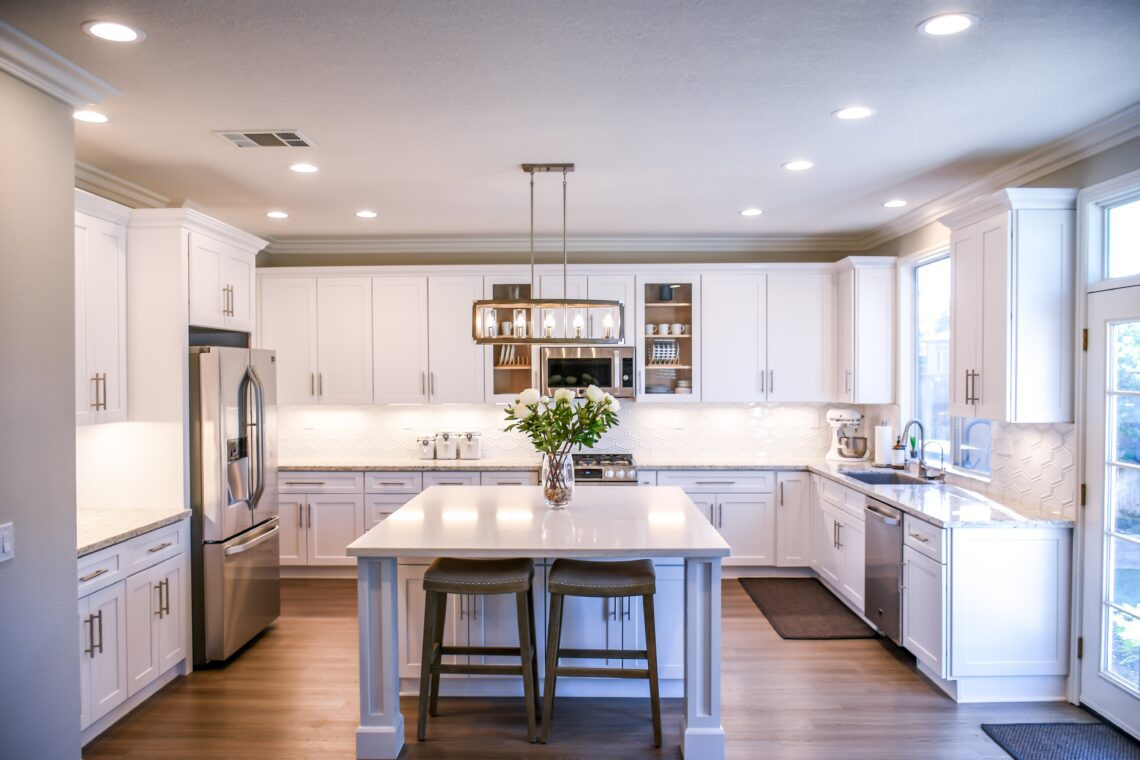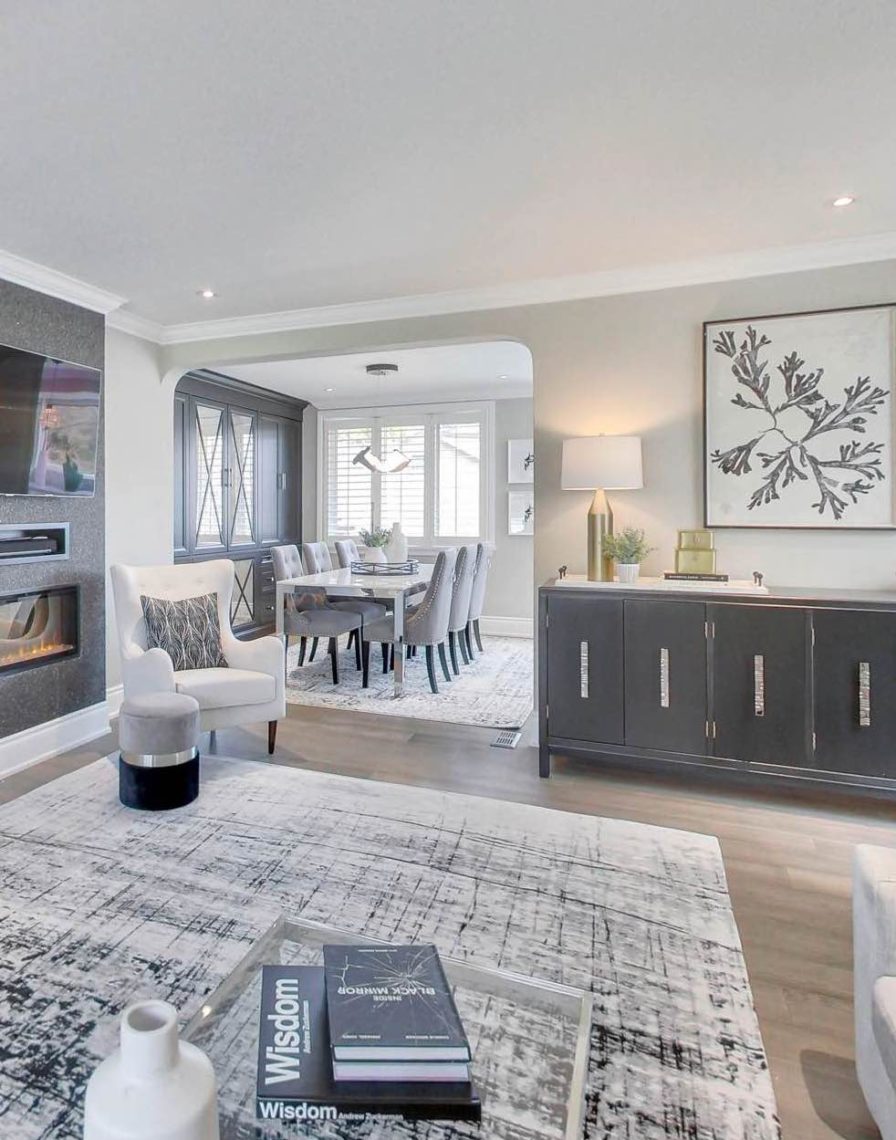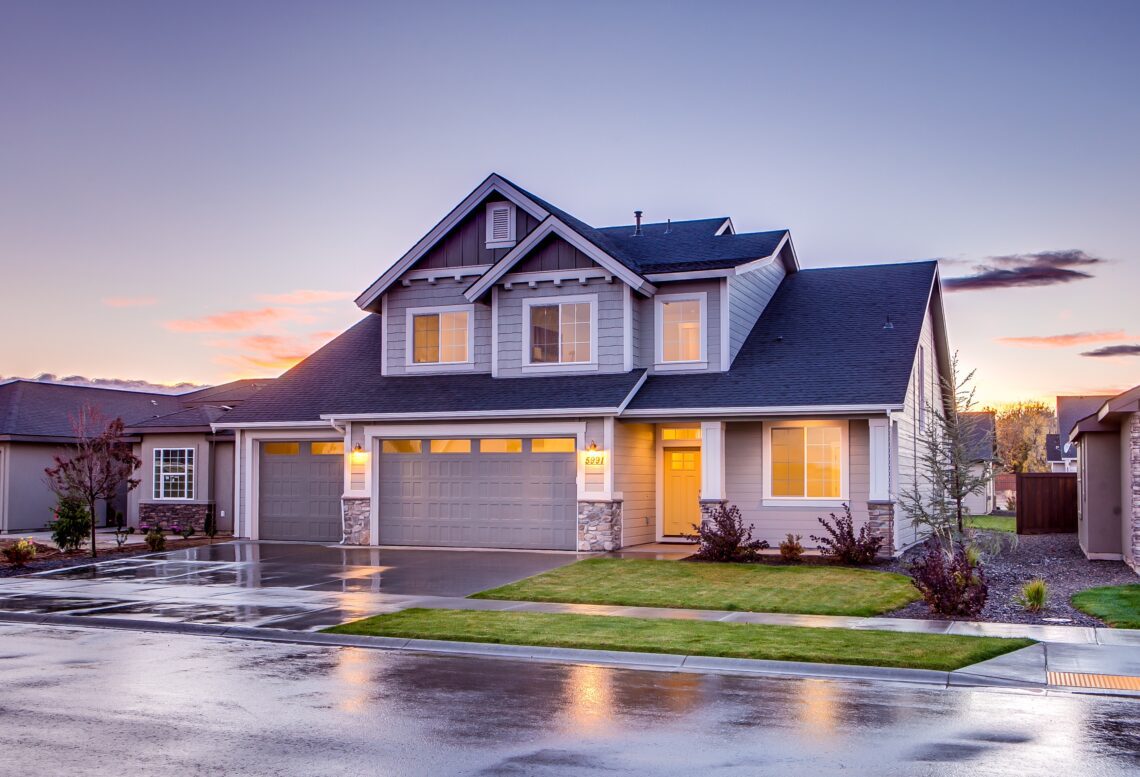12.29.2022 | Buying
What to Look for When Touring a House

You may fall in love with the first home you see or tour dozens before you find the one! It’s easy to get swept up in the beauty and aesthetics of a home and overlook critical details. Not all elements are created equally – you want to ensure you’re keeping in mind the things you CAN and can’t change in a home. We’ve helped hundreds of homeowners tour homes with an eye for detail. This is our top 10 list of what to look for when buying a house.
1. The Neighbourhood
One of your priorities should be to determine WHERE you want to start your search. The location, community, and amenities close at hand should mesh with your lifestyle. Here are a few things to keep in mind when choosing the neighbourhood you want to live in:
- What amenities are important to you?
- Do you want a close-knit community, or do you keep to yourself?
- Would you like your neighbours close by, or do you like more property and space?
- Do you prefer an established neighbourhood or one that is growing and evolving?
- How safe is the area?
2. The Layout
Loving the layout of a home should be a top priority because changing it is a big job! Pay close attention to the overall style and flow of the house. You can certainly repurpose many rooms to suit your lifestyle but having a functional layout for you and your family is a key consideration.
3. Windows and sun exposure
Find out the age of the windows – they usually need to be replaced every 15-20 years. It can be a shock if you aren’t expecting it when you move in! Look at the number of windows as well – how important is natural light to you? If you have a pool or are an avid gardener or plant lover, sun exposure may also be a factor to consider.
4. Roof and shingles
Visually inspect the roof, looking for any missing or peeling shingles. You can do this by standing back from the house and looking at the roof line as well as having the home inspector check it out. Your inspector should check the roof for leaks and give you an estimate as to when you’ll need a replacement. Shingles need to be replaced every 12-25 years (depending on the type used).
5. Square footage and the number of rooms
How much room do you need right now? And how much space will you need in the near future? How long you plan to be in the home will play a role. Will you start a family, have children move out, or have parents move in? Can you expand if you need it?
6. Available storage
Another often overlooked element when touring homes is the available storage. Peek in closets to see how roomy they are, and keep an eye out for other spaces that could be used as storage (garage, cold cellar, basement).
7. Overall condition & age of the home
The age of the house you are touring will play a role in how careful you want to be when checking things like wiring and foundation. This is especially important if you are looking for a historic home. Look for cracks in the foundation and brickwork outside the home. Check for gaps in the drywall, mouldings, and cracks around door frames inside the house.
8. Architectural style
Another biggie that can’t be easily adapted to your taste is the house’s architectural style. Start with what type of house you want – detached, semi-detached, or townhouse. Then consider the style and architectural elements that fit your taste.
9. Lot size/curb appeal/yard
Keep in mind what you want in terms of outdoor space. Are you looking for a large yard with mature trees and gardens, or is that too much maintenance for you? Do you have must-haves like a pool, hot tub, or large deck?
10. Appliances
While not a make-or-break situation when buying a new home, it’s a good idea to do a quick overview. Remember to scope out the appliances, furnace, and air conditioner. Looking at the age, shape, and quality will give you an idea of when they will need to be replaced.
Red Flags to Look Out for When Touring a Home
While we always recommend getting a proper home inspection, keep an eye out for these red flags when touring homes – they can signal more significant problems.
Standing water in the yard – If there is a lot of standing water and puddles, this can indicate inadequate drainage.
Foul odours or strong smells – Musty smells can indicate water damage, mould, or mildew problems in the house. Strong perfumy smells can hint that the previous owners are trying to cover something up.
Everyone on the street is selling – A lot of homes for sale at once can indicate a more significant issue within the neighbourhood.
Doors that won’t close – Doors that either won’t close or that have a little bit shaved off the top can be a red flag that the frame has shifted and is now out of line.
DIY additions – While some homeowners have the skills to DIY, large areas built by the owner may not be up to code. You’ll want to pay close attention to any DIY additions.
Warping floors – Normal settling can cause floors to be slightly sloped, but significant damage can signify structural issues within the house.
Noise level – Is the house close to any significant highways, airports, railroads, or schools? When looking at a condo or townhouse with shared walls, pay attention to how sound travels.
Watermarks or sagging ceilings – Watermarks on walls, sagging ceilings, or a damp, musty smell in the home can be a sign of mould or mildew.
No home is perfect. They all have quirks that give them personality. What matters is keeping your lifestyle, needs, and wants in mind. You want to look past the furniture and décor and keep your eye on the elements that matter the most! Be sure to bring your home buyers checklist and focus on what is most important to you when buying a house.
If you need an experienced agent in the West GTA, the David Bradica Team is here to help!





